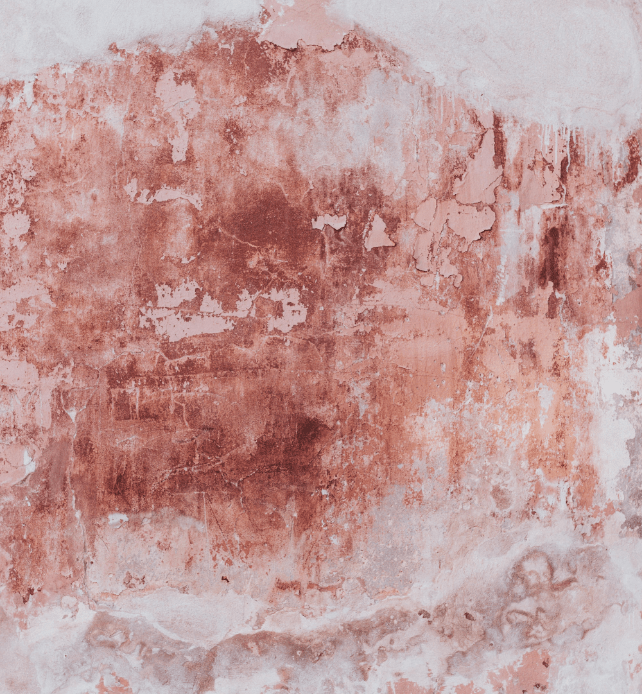Masonry Paint
& Dampness
Here we will outline how older properties in the UK are at risk of dampness.
A common factor that leads to dampness in older buildings is masonry paint that has been applied to timer-framed properties, which our team is specialised in identifying. When masonry paint gets wet, it will typically blister and eventually perish.
Often masonry paint is found in older buildings such as Edwardian townhouses, but it can still be found in more recent buildings in areas such as London and York.
With our expert advice and guidance, we can effectively help and guide you if you have noticed that masonry paint has been used in a property you are purchasing. Please contact one of our team members for assistance in identifying masonry paint which could be causing dampness in your potential new home.

Identifying Masonry Paint
UK surveyors aren’t always able to specify the paint that has been used on a building. However, it is commonly understood that mineral paint is better to use as it allows masonry paint to breathe.
Problems with dampness can be caused by Impervious masonry paint, otherwise described as microporous coatings. Therefore, it is generally advised that the best course of action when the incorrect paint has been applied is to remove the paint and begin again using a mineral-based paint.
Masonry paint can also be a significant problem when it is applied directly onto brickwork or used on surfaces such as stucco or stone dressings.
As well as this, the render itself can become a problematic situation, if there are existing problems with the materials or if the wrong materials are used. A surveyor will recommend that advice is sought out from a specialist in external rendering or external decoration. Doing this will assist in identifying necessary remedial work and organising budgets and costs.
Painting Exterior Walls

When facing the challenge of painting an exterior wall, you can save yourself a lot of hassle by taking the time to choose the paint and coating that will assuredly protect the structure of your home whilst also adding a sophisticated finish.
Here is an example of some common problems faced with the use of masonry paint:
- Cracked paint on walls trapping moisture
- Paint on brickwork/masonry causing dampness internally
- Exasperating problems with render
- Mould and visible dampness patches
When it comes to identifying the problems caused by masonry paint, our expert team can assist in the necessary advice and guidance to assure you are put on the correct path to finding a home with a safe structure, free from future dampness issues.
Peeling Masonry Walls
Unfortunately, due to the marvellous Great British weather, masonry paint is subject to hairline cracks, peeling and splits which is telling of the quality of paint or lack of primer which has been applied to the exterior of the building.
Considering that UK exterior walls are going to be victim to prolonged cold and wet seasons, it is better to be safe than sorry. If an exterior wall has had masonry paint applied without having the proper preparation, we will advise that the entire paint job is stripped and re-done. This will also be relevant advice for peeling exterior paint jobs, however, we may also advise that the wall is repainted with a breathable type.
Mouldy Walls
If you have already fallen victim to dampness- before preparing the wall for a repaint job, you must treat the root cause of this properly by removing any internal mould.
Don’t worry, with the correct breathable paint, you can avoid facing damp problems on the exterior walls of your home! Avoiding masonry paint and other non-breathable, synthetic paints will save you time and money whilst also protecting the structure of your home.
If you’d like help and advice, before purchasing a property, feel free to contact our team today!